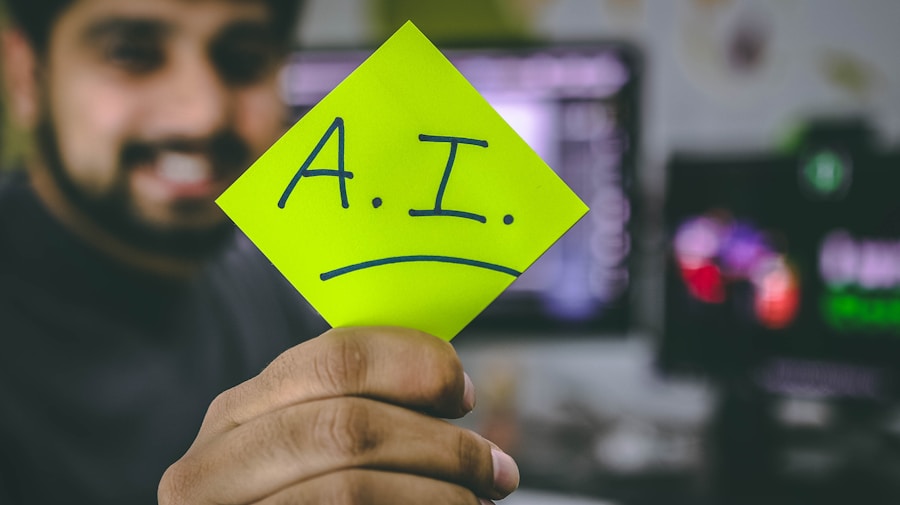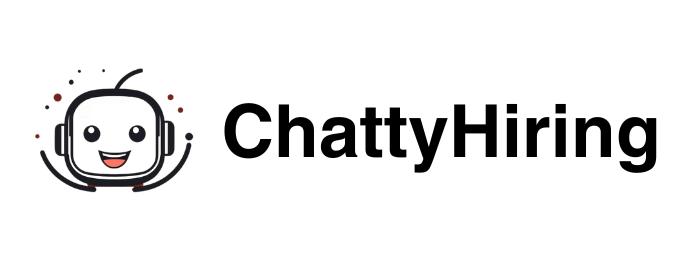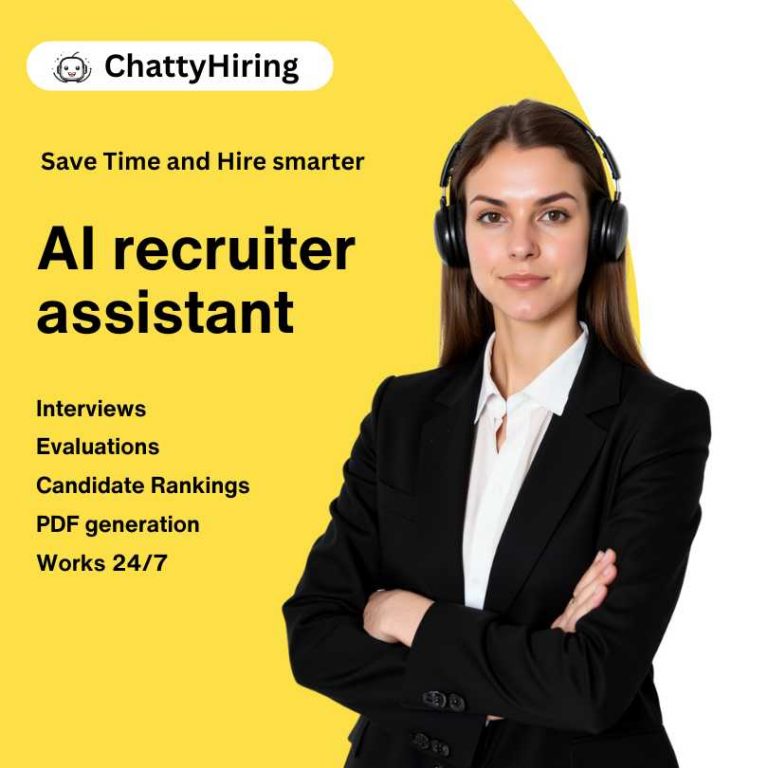Applicant Tracking Systems (ATS) have become a staple in the recruitment process, streamlining the way organizations manage job applications and candidate data. However, despite their widespread adoption, ATS platforms come with significant limitations that can hinder the effectiveness of talent acquisition strategies. One of the primary drawbacks is their tendency to filter out qualified candidates based solely on keyword matching.
This reliance on specific terms can lead to the exclusion of talented individuals who may not use the exact phrasing that the ATS is programmed to recognize. Consequently, organizations may miss out on diverse talent pools that could bring unique perspectives and skills to their teams. Moreover, ATS platforms often create a cumbersome experience for candidates.
Many systems require applicants to navigate complex interfaces and fill out lengthy forms, which can deter potential hires from completing their applications. This not only affects the quantity of applications received but can also impact the quality of candidates who are willing to engage with the organization. As noted by HRExaminer, the user experience of an ATS can significantly influence a candidate’s perception of a company, making it essential for organizations to consider how these systems affect their employer brand.
Key Takeaways
- ATS may overlook qualified candidates due to rigid keyword matching and lack of context understanding
- AI can streamline talent acquisition by automating repetitive tasks and providing data-driven insights
- AI can help in sourcing and screening candidates by analyzing resumes, social media profiles, and online assessments
- AI can personalize candidate experience by providing real-time feedback and communication
- AI can mitigate bias in hiring by standardizing evaluation criteria and expanding candidate pool through targeted outreach
The role of AI in talent acquisition
Artificial Intelligence (AI) is revolutionizing talent acquisition by introducing innovative solutions that address many of the limitations associated with traditional recruitment methods, including those posed by ATS. AI technologies can analyze vast amounts of data at unprecedented speeds, allowing recruiters to identify patterns and trends that would be impossible to discern manually. This capability enables organizations to make more informed hiring decisions based on data-driven insights rather than relying solely on intuition or outdated practices.
Furthermore, AI can enhance the recruitment process by automating repetitive tasks, such as resume screening and initial candidate outreach. This automation not only saves time for HR professionals but also allows them to focus on more strategic aspects of talent acquisition, such as building relationships with candidates and understanding their motivations. As highlighted by TalentCulture, the integration of AI into recruitment processes can lead to a more efficient and effective hiring strategy, ultimately resulting in better matches between candidates and job roles.
Leveraging AI for candidate sourcing and screening

One of the most significant advantages of AI in talent acquisition is its ability to enhance candidate sourcing and screening processes. AI-powered tools can scour various online platforms, including social media and professional networks, to identify potential candidates who may not be actively seeking new opportunities. This proactive approach allows recruiters to tap into passive talent pools, which can be particularly valuable in competitive job markets.
In addition to sourcing candidates, AI can streamline the screening process by employing natural language processing (NLP) algorithms to analyze resumes and cover letters.
These algorithms can assess qualifications, skills, and experiences more accurately than traditional keyword-based systems.
By evaluating candidates based on a broader set of criteria, organizations can ensure that they are considering individuals who possess the right attributes for success in specific roles. As noted by Workology, leveraging AI for sourcing and screening not only improves efficiency but also enhances the overall quality of hires.
Enhancing candidate experience with AI
| Metrics | Results |
|---|---|
| Reduction in time-to-hire | 20% |
| Improvement in candidate satisfaction | 25% |
| Increase in qualified candidate applications | 30% |
| Reduction in manual resume screening time | 40% |
The candidate experience is a critical component of successful talent acquisition, and AI has the potential to significantly improve this aspect of the hiring process. By utilizing chatbots and virtual assistants, organizations can provide real-time support to candidates throughout their application journey. These AI-driven tools can answer frequently asked questions, provide updates on application status, and even schedule interviews, creating a more engaging and responsive experience for applicants.
Moreover, AI can personalize communication with candidates based on their preferences and behaviors. For instance, machine learning algorithms can analyze past interactions to tailor messages that resonate with individual candidates. This level of personalization not only enhances the candidate experience but also fosters a sense of connection between applicants and the organization.
As highlighted by HRZone, investing in AI-driven solutions that prioritize candidate experience can lead to higher engagement rates and ultimately improve an organization’s reputation as an employer of choice.
AI’s impact on diversity and inclusion in hiring
Diversity and inclusion (D&I) have become paramount considerations in modern hiring practices, and AI has the potential to play a transformative role in promoting these values. By utilizing unbiased algorithms and data-driven insights, organizations can mitigate unconscious bias in their recruitment processes. For example, AI can analyze historical hiring data to identify patterns of bias and recommend strategies for creating more equitable hiring practices.
Additionally, AI can help organizations reach diverse talent pools by identifying candidates from underrepresented backgrounds who may have been overlooked in traditional recruitment methods. By broadening the scope of candidate sourcing and ensuring that selection criteria are inclusive, organizations can foster a more diverse workforce that reflects a variety of perspectives and experiences. As noted by TLNT, leveraging AI for D&I initiatives not only enhances organizational culture but also drives innovation and creativity within teams.
Using AI for predictive analytics in talent management

Anticipating Future Workforce Needs
AI algorithms analyze historical data on employee performance, engagement levels, and turnover rates to identify trends that inform strategic workforce planning. This foresight enables HR professionals to proactively address potential challenges before they escalate, ensuring that the organization is well-equipped to meet future demands.
Enhancing Employee Development Initiatives
Predictive analytics can also enhance employee development initiatives by identifying skill gaps within teams and recommending targeted training programs. By aligning training efforts with organizational goals and employee aspirations, companies can foster a culture of continuous learning that drives both individual growth and overall business success.
Creating a More Agile Workforce
As highlighted by HRExaminer, leveraging predictive analytics in talent management empowers organizations to create a more agile workforce capable of adapting to changing market demands. By staying ahead of the curve, companies can gain a competitive edge and achieve long-term success.
Integrating AI into employee training and development
The integration of AI into employee training and development programs is transforming how organizations approach learning initiatives. AI-driven platforms can deliver personalized learning experiences tailored to individual employee needs, preferences, and learning styles. By analyzing data on employee performance and engagement with training materials, these platforms can recommend relevant courses or resources that align with career goals.
Additionally, AI can facilitate continuous feedback loops between employees and managers, enabling real-time adjustments to training programs based on performance metrics. This dynamic approach ensures that employees receive the support they need to succeed while also allowing organizations to measure the effectiveness of their training initiatives. As noted by SmartRecruiters, integrating AI into training and development not only enhances employee engagement but also contributes to higher retention rates as employees feel valued and supported in their professional growth.
Overcoming challenges in implementing AI in HR processes
While the benefits of integrating AI into HR processes are clear, organizations must also navigate several challenges during implementation. One significant hurdle is ensuring data privacy and security when utilizing AI technologies. Organizations must establish robust protocols for handling sensitive employee information while complying with relevant regulations such as GDPR or CCPA.
Another challenge lies in fostering a culture of acceptance around AI technologies within HR teams. Employees may be apprehensive about adopting new tools or fear that automation will replace their roles. To address these concerns, organizations should prioritize transparency in communication about how AI will enhance rather than replace human capabilities in HR functions.
Providing training sessions that educate employees on the benefits of AI can also help alleviate fears and encourage buy-in from all stakeholders involved.
In conclusion, while Applicant Tracking Systems have limitations that can hinder effective recruitment practices, the integration of Artificial Intelligence into talent acquisition offers numerous opportunities for improvement.
From enhancing candidate sourcing and screening processes to promoting diversity and inclusion initiatives, AI is reshaping how organizations approach hiring and talent management.
By leveraging predictive analytics for workforce planning and personalizing employee training programs, companies can create a more agile workforce capable of thriving in an ever-evolving business landscape. However, overcoming challenges related to data privacy and cultural acceptance will be crucial for successful implementation. Embracing these changes will ultimately position organizations for success in attracting top talent while fostering an inclusive workplace culture that values continuous learning and development.
For companies looking to optimize their recruitment process without relying on Applicant Tracking Systems (ATS), they can explore the use of AI-powered chatbots like the ones discussed in the article “Revolutionizing Talent Acquisition with AI Chatbots”. These chatbots can engage with candidates in real-time, answer their questions, and even conduct initial screenings, saving time and improving the overall candidate experience. By leveraging AI technology in recruitment, companies can streamline their hiring process and identify top talent more efficiently.
FAQs
What is AI?
AI, or artificial intelligence, refers to the simulation of human intelligence processes by machines, especially computer systems. These processes include learning, reasoning, and self-correction.
What is an ATS?
ATS stands for Applicant Tracking System, which is a software application that enables the electronic handling of recruitment needs. It can be used to post job openings, screen resumes, and generate interview requests.
How can AI be used in companies without ATS?
AI can be used in companies without ATS in various ways, such as automating repetitive tasks, analyzing data to improve decision-making, and enhancing customer service through chatbots and virtual assistants.
What are some examples of AI applications in companies without ATS?
Some examples of AI applications in companies without ATS include using AI-powered tools for resume screening, implementing AI-driven analytics for talent management, and utilizing AI chatbots for candidate engagement.
What are the benefits of using AI in companies without ATS?
The benefits of using AI in companies without ATS include increased efficiency in recruitment processes, improved candidate experience, better decision-making based on data analysis, and cost savings through automation of tasks.
-

A passionate advocate for the future of HR innovation. With expertise in leveraging AI to revolutionize recruitment processes, Carlos has a clear vision: empower HR teams while creating meaningful candidate experiences.
View all posts





